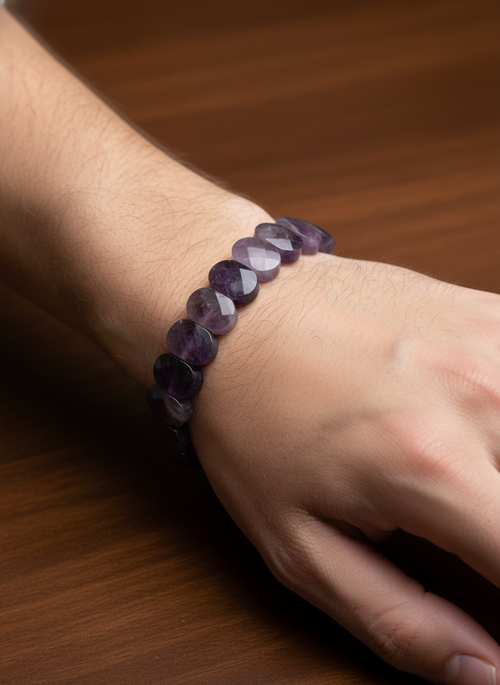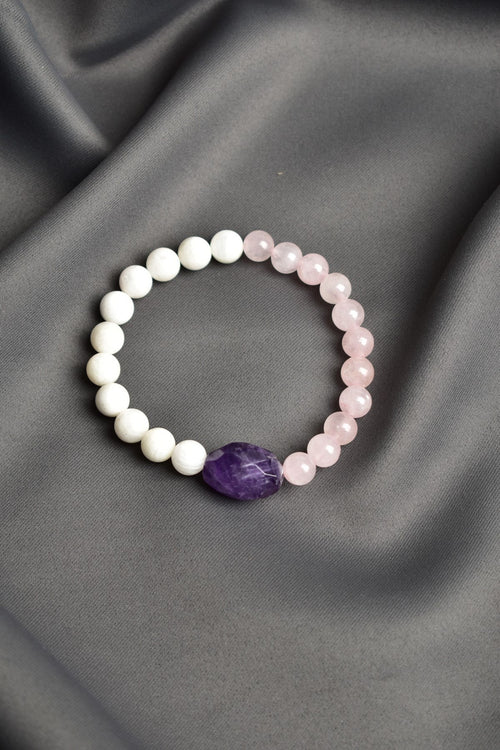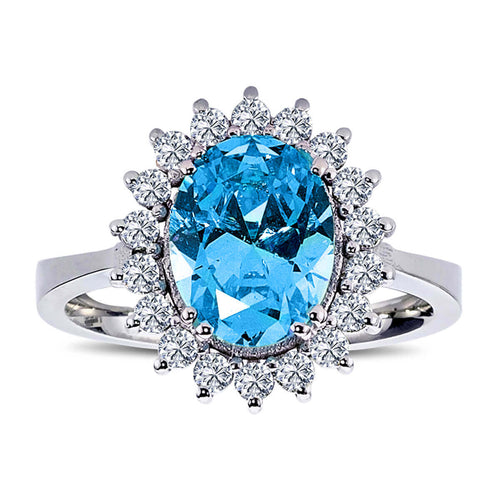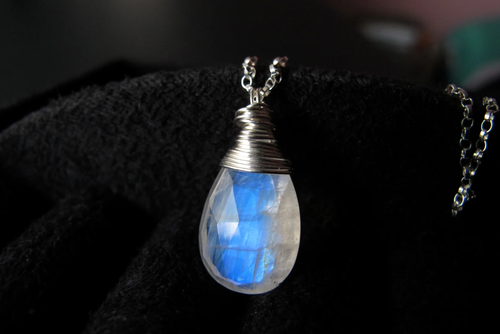ALL PRODUCTS IGSL INTERNATIONAL CERTIFIED
Iolite is a precious silicate mineral known for its magnificent blue and violet hues. The Vikings called it the "sky stone" and it has also been used as a navigation tool throughout history. This article examines where Iolite is mined, its mineral structure, its uses and its price differences.
Where is Iolite Stone Extracted From?
Iolite stone can be found in various regions around the world. The major iolite deposits are located in India, Sri Lanka, Myanmar, Brazil, Norway, Canada and the USA. These regions are famous for their high quality iolite stones and contribute greatly to the world market.
- India: Orissa and Tamil Nadu regions have important mines where high quality iolite stones are extracted.
- Sri Lanka: This is another region where iolite stones are mined in significant quantities.
- Myanmar: Burma is known for its high quality iolite deposits.
- Brazil: The Minas Gerais region is one of the main places where iolite deposits are found.
- Norway: It is an important region where iolite stones are extracted.
- Canada: Iolite deposits are found in Quebec and Ontario.
- USA: Wyoming and Connecticut are the main states where iolite is mined.
Mineral Structure
Iolite is a stone belonging to the silicate mineral group and its chemical formula is (Mg,Fe)2Al4Si5O18. The stone is known for its pleochroic properties in blue, violet or gray tones, meaning it can appear in different colors when viewed from different angles. Iolite crystallizes in the orthorhombic crystal system and has a hardness of 7 - 7.5 on the Mohs hardness scale. These properties make the stone durable and suitable for jewelry making.
Areas of Use of Iolite Stone
Iolite is widely used in various jewelry and ornaments due to its aesthetic and durability properties. Here are some types of jewelry in which Iolite stone is used:
- Necklace: Iolite necklaces are popular jewelry that showcase the stone's blue and violet hues.
- Ring: Iolite rings are often used with precious metals such as silver or gold.
- Earrings: Iolite earrings are among the jewelry that highlights the natural beauty of the stone.
- Bracelet: Iolite bracelets are preferred accessories for both daily use and special occasions.
- Prayer Beads: Iolite prayer beads are used for both spiritual and aesthetic purposes.
Price Differences
The price of Iolite stone varies depending on various factors. These factors include the color, clarity, cut, carat weight and source of the stone. Here are the main factors that affect Iolite prices:
- Color and Luster: The most valuable iolite stones are those with intense blue and violet colors. The intensity of color and quality of luster increase the value of the stone.
- Clarity: Iolite stones that are clear and without internal inclusions are in greater demand and hence sell for higher prices.
- Cut: Professionally cut and polished iolite stones are more valuable because they reflect light better.
- Carat Weight: Larger and heavier iolite stones generally command higher prices than smaller stones.
- Source: High-quality iolite stones from areas such as India, Sri Lanka, and Brazil are often more valuable than those from other sources.
Conclusion
Iolite stone is a valuable natural stone with its magnificent blue and violet colors and durability. This stone, which is extracted from various regions around the world, is widely used in jewelry and ornaments with its aesthetic and physical properties. Its chemical structure and physical properties make Iolite a sought-after stone in jewelry making. Iolite stone, whose price varies depending on color, clarity, cut, carat weight and source, has a valuable place both in jewelry making and in collections.



























